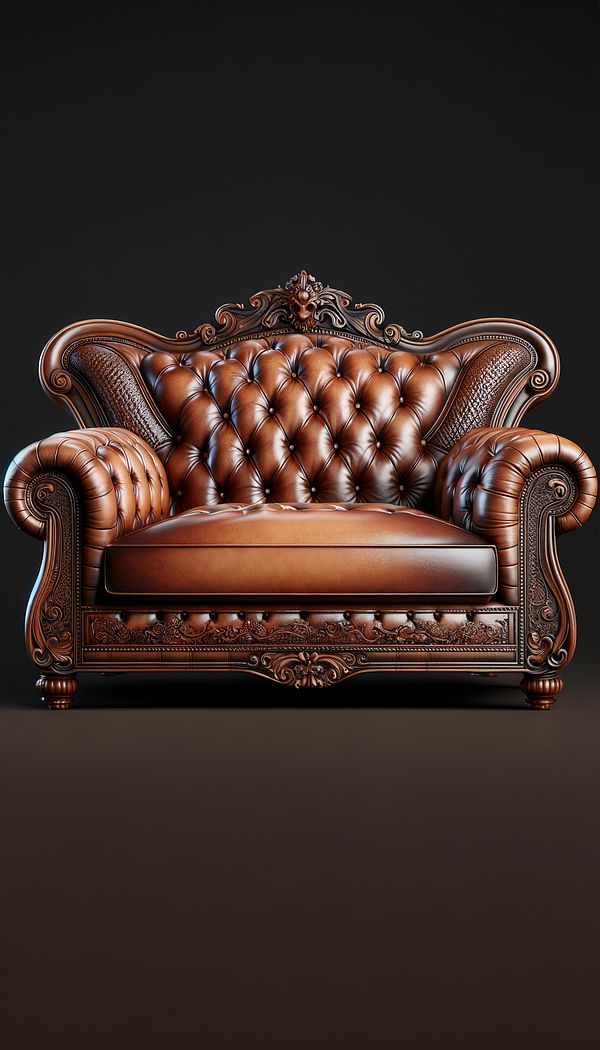What is Deboss?
Debossing is a decorative technique involving the creation of recessed designs on a surface.
Description
Debossing is a unique decorative technique where an image, lettering, or design is pressed into a material to create a recessed effect. Unlike its counterpart, embossing, which creates a raised design, debossing presses the design into the material, resulting in an indented appearance. This technique can be applied to a myriad of materials, including leather, paper, metal, and textiles, making it versatile in the realm of interior design.
Debossing adds a subtle yet impactful element of texture and depth to materials and products. It's often utilized in interior design to accentuate items such as leather furniture, wall panels, doors, and even accent pieces like books and decorative boxes. The technique can range from simple and minimalistic to intricate and detailed, depending on the desired aesthetic. Furthermore, debossing can be used in combination with other decorative techniques, such as color fill, to enhance the visual impact of the design.
The process of debossing involves the use of a custom-made die that is pressed into the material's surface under high pressure, creating a precise and clean recessed design. The complexity and scale of the design, along with the material's thickness and type, can influence the outcome of the debossed effect.
Usage
In interior design, debossing is often seen on items like leather upholstered furniture, personalized stationary, and custom wall panels. It's also popular in creating distinctive signage, menus for high-end restaurants, and even on the covers of designer notebooks. This technique adds a touch of elegance and personalization, making it a favored choice for luxury interiors and bespoke design elements.
FAQs
-
How does debossing differ from embossing?
Debossing creates a recessed design in a material by pressing a design into it, resulting in an indented appearance, whereas embossing creates a raised design above the surface of the material.
-
What materials can be debossed?
Debossing can be applied to a wide range of materials, such as leather, paper, metal, and textiles.
-
Can debossing include color?
Yes, debossing can include color fill in the recessed areas to make the design more visually striking and add an extra dimension to the decorative element.
Practical Application
When considering debossing for your design project, think about the material you are using and the desired depth of the design. For a more dramatic effect, deeper debossing on thicker materials can make a statement. If adding color, ensure it complements the overall design and material color. Debossing works best on high-quality materials to highlight the craftsmanship and detail of the design.
-
Furniture Types599 articles
-
Decorative Techniques322 articles
-
Materials & Textiles360 articles
-
Wall Treatments & Finishes157 articles
-
PatternPattern refers to the repeating of a decorative design.
-
Furniture ArrangementFurniture arrangement is the process of organizing and positioning furniture in a room to create a cohesive, functional, and aesthetically pleasing space.
-
MohairMohair is a luxurious, durable fabric made from the hair of the Angora goat.
-
ArmoireAn armoire is a versatile, freestanding wardrobe or closet.
-
EyeletA small hole with reinforced stitching or metal surrounding it, used for decoration or functionality in fabrics.
